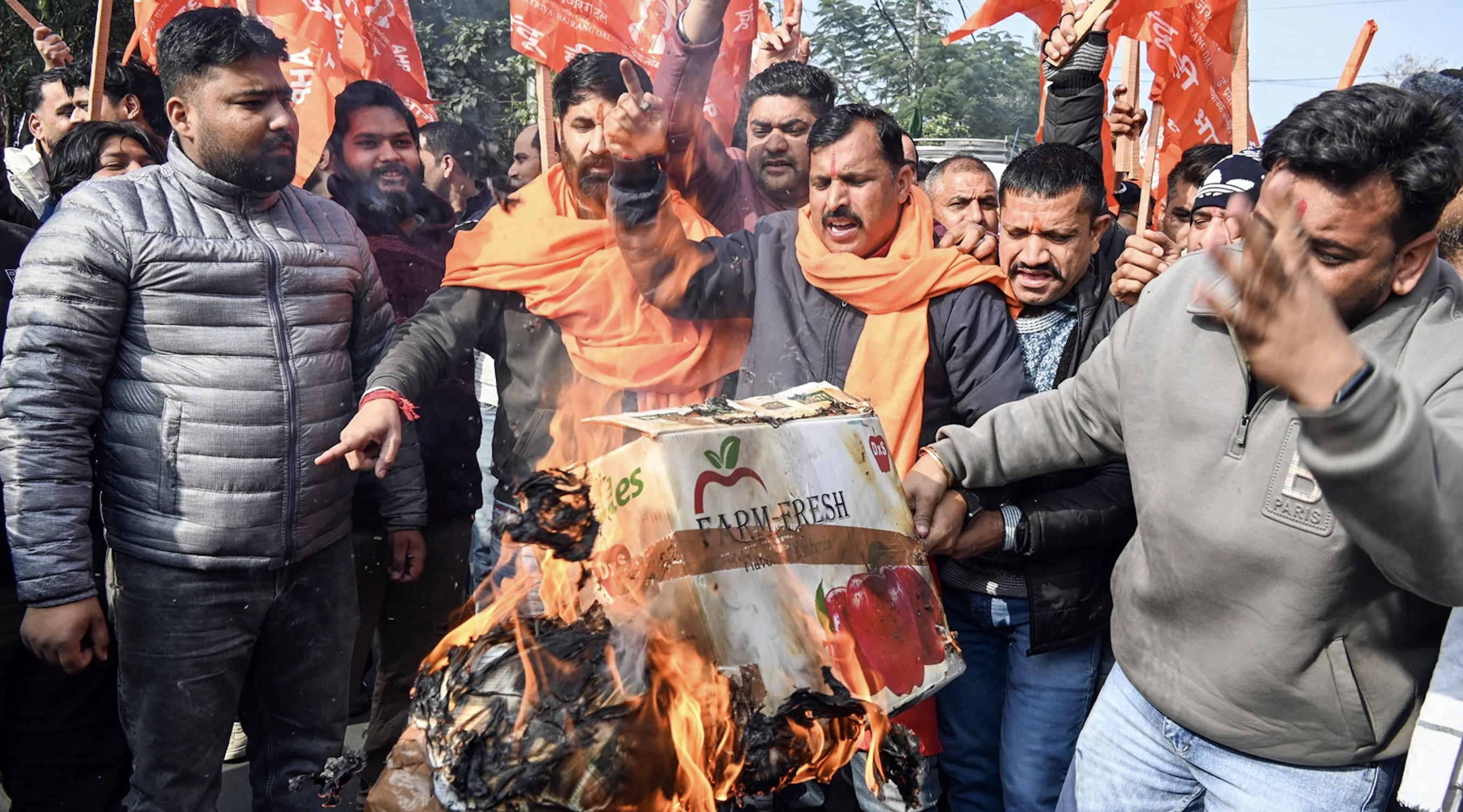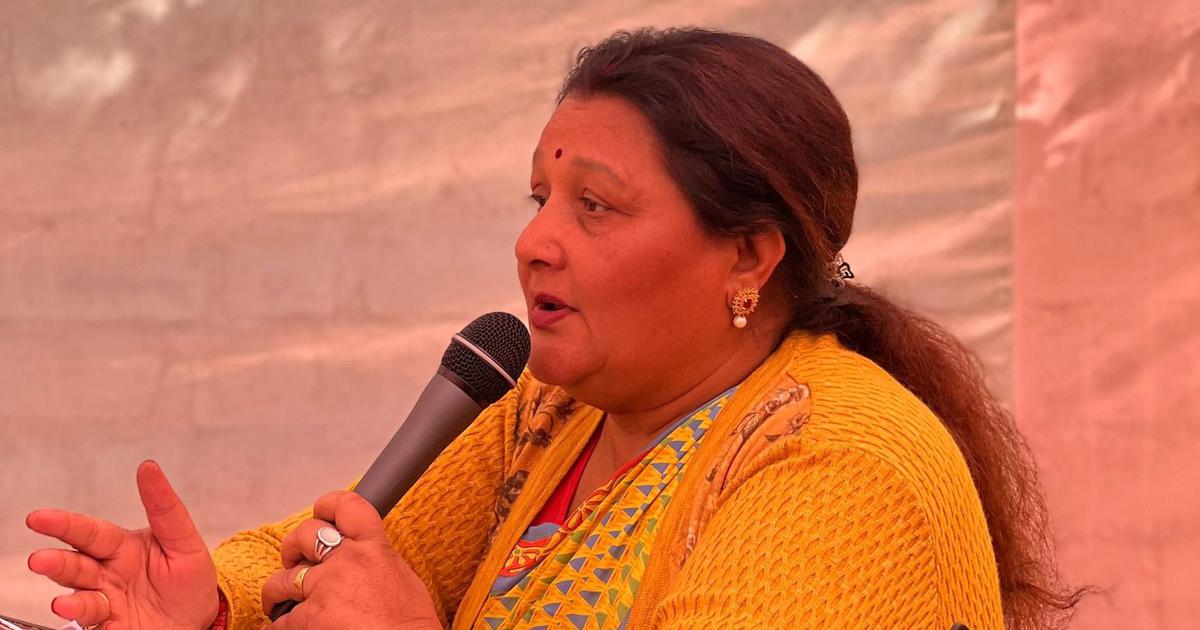
The myth of ‘love jihad’, slayed repeatedly and supposedly laid to rest, rises yet again.
A hydra-headed monster that’s revived time and again by a not-so-subtle conspiracy between Hindutva forces, the executive, and the judiciary, it is making yet another come back at the close of 2022.
This time its a multi-pronged effort, starting in March with a new anti-conversion law in Haryana, followed by Karnataka on September 30 with its Protection of Freedom of Religion Act, 2022, and wrapping up the year with the Uttarakhand governor’s assent to making the draconian Uttarakhand Freedom of Religion Act, 2018 even more stringent, the Maharashtra Cabinet’s notification to snoop on interfaith marriages and relationships, and the Supreme Court eagerly trying to wade in on the wings of a fourth-attempt petition by a serial litigator from the BJP.
Currently the tally of states with ‘love jihad’ laws is 11, but keeping count is becoming difficult.
Some, like Himachal in 2019 and Gujarat and Madhya Pradesh in 2021, have enacted stringent new replacements for their old ‘Freedom of Religion’ Acts, aimed especially at preventing Hindu women from marrying outside the faith.
Orissa (1967), Chhattisgarh (1968), Arunachal Pradesh (1978) and Jharkhand (2017) have statutes to control religious conversions, but those Acts do not enter the private sphere of marriage.
he newcomers to the party, Uttarakhand (2018), Uttar Pradesh (2020), Karnataka (2021), and Haryana (2022) unabashedly made laws with the avowed purpose of fighting what they described as a “growing trend of love jihad.”
And of course, there are other BJP-ruled states like Maharashtra, testing the waters with a notification to pry and snoop and unleash the police force on hapless young people wanting to marry outside their faith, and extending this intrusion to “relationships” also.
This spate of legislation is sought to be justified on grounds of allegedly increasing, or even rampant, instances of Muslim men marrying Hindu women.
The Statement of Objects and Reasons accompanying the Uttarakhand Bill informed legislators that “there have been umpteen cases of religious conversions, both mass and individual”.
It also stated that
“…[W]ith an agenda to increase strength of their own religion by getting people from other religions converted to their own religion, people do marry girls of other religion by misrepresentation of their own religion…”
It further said:
“Several instances came in notice that people convert themselves to the other religion only for the purpose of marriage with the girl of that religion and after marriage they got that girl converted into their own religion”.
Based on these ‘instances,’ the Uttarakhand legislature made a law that not only criminalises love and inverts the burden to proof, but even allows interfaith marriages to be declared null and void if they result in conversion before or after the marriage. These sentiments were echoed by sundry chief ministers and others while introducing similar Bills in other states.
These alarmist, often incendiary, allegations of ‘love jihad’ have been a prelude to each one of the recent anti-conversion laws, but in no case have any actual facts, figures, or statistics been cited.
It therefore needs to be seen whether there is, or ever has been, any real evidence to support these claims.
This story was originally published in thewire.in . Read the full story here






